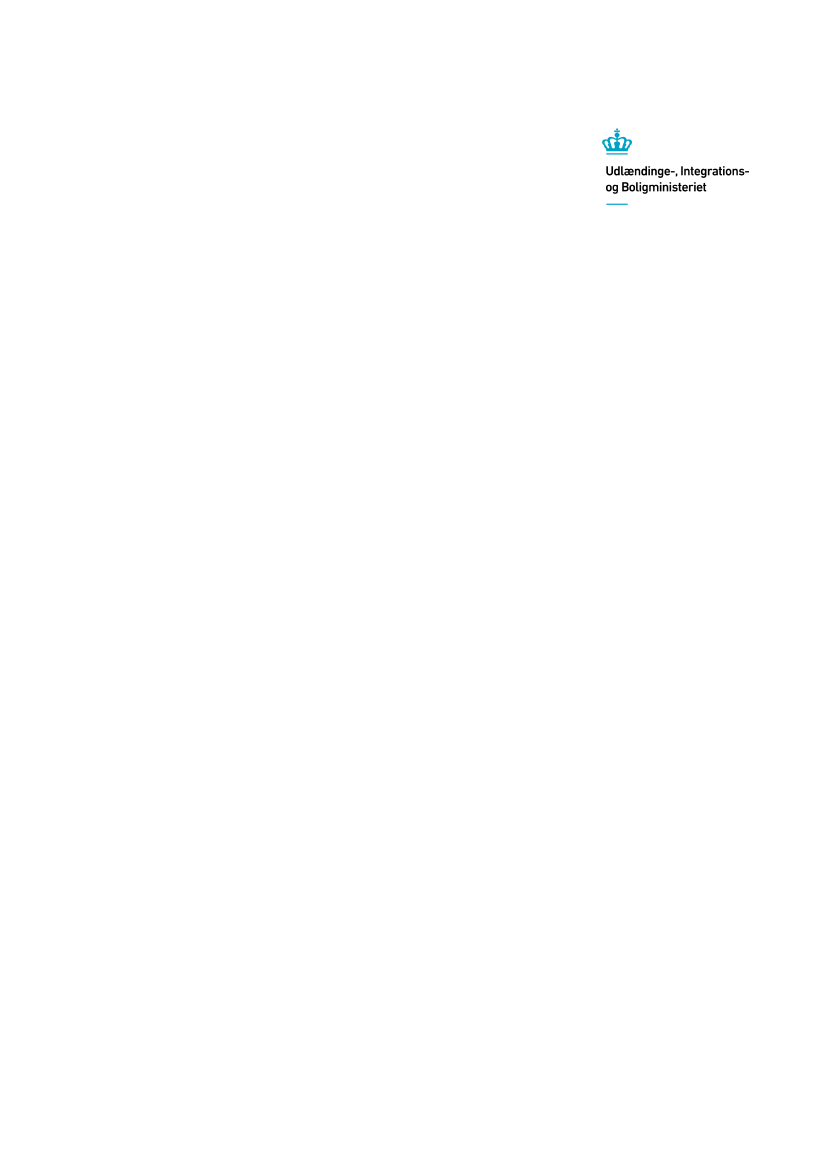
Minister for Immigration, Integration and Housing
The European Commission
20th January 2016
Dear Commissioner Avramopoulos,
As I informed you of by letter of 14 January 2016, the Danish Government has decided to
prolong the border control at the Danish internal borders from 14 January 2016 until 3
February 2016.
The decision to prolong the border control was made in accordance with Article 23 and 25
of Regulation (EU) No 1051/2013 of the European Parliament and of the Council of 22
October 2013 amending Regulation (EC) No. 562/2006 of the European Parliament and
the Council of 15 March 2006 establishing a Community Code on the rules of governing
the movement of persons across borders (Schengen Border Code).
By letter of 15 January 2016, you have asked to receive any relevant information and in
particular figures demonstrating the need and the proportionality of the decision to rein-
troduce temporary border control, as well as information on the concrete implementation
of the controls at internal borders and their effects. You stress in your letter that the tem-
porary reintroduction must not exceed what is strictly necessary to respond to the serious
threat.
In Europe, the numbers of asylum seekers are historically high, and according to Frontex,
there is an ongoing pressure on Europe’s external borders. Our neighboring countries to
the North have introduced and prolonged temporary border controls and ID-controls at
their internal borders in order to reduce the numbers of asylum seekers. These measures
have – as I mentioned during our meeting in Bruxelles two weeks ago – left Denmark with
a serious risk to public policy and internal security if the Danish border control were to be
lifted at this point.
In connection with the Danish decision to temporarily reintroduce border controls, police
efforts in the border areas have been adjusted according to the following principles: The
central element of police operations in the border regions has been shifted from controls
inside the country to controls at the border. The border controls consist of spot checks
based on continuous observation of traffic across the border. The controls are targeted
towards passengers on the ferries to Rødby and Gedser and towards persons and vehicles
crossing the Danish-German border in Southern Jutland. The situation is monitored close-
ly, and the control effort is adjusted accordingly to ensure public order and internal securi-
ty.
From 6 September 2015, where vast groups of immigrants and asylum seekers began to
cross the Danish-German borders, until 4 January, the Danish Police asses that a total of
Udlændinge-, Integrations- og
Boligministeriet
Slotsholmsgade 10
Post
1216 København K
Phone.
7226 8400
E-mail
Web
www.uibm.dk
CVR no.
Case no..
36977191
2015 - 1315
Side
1/2